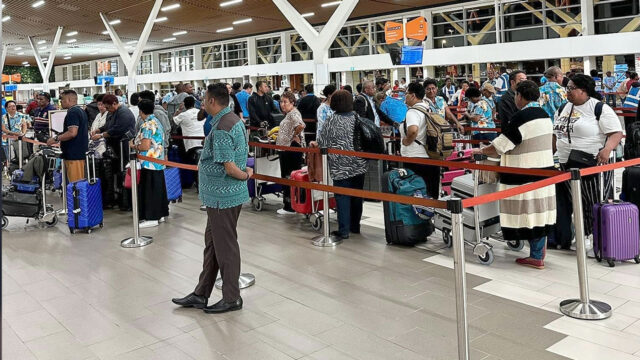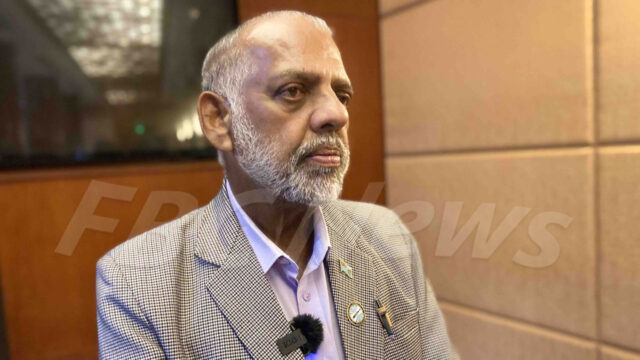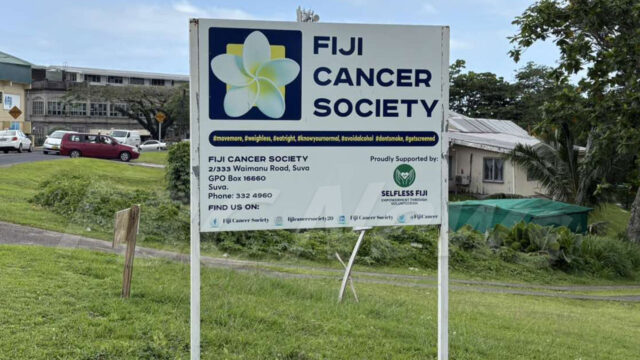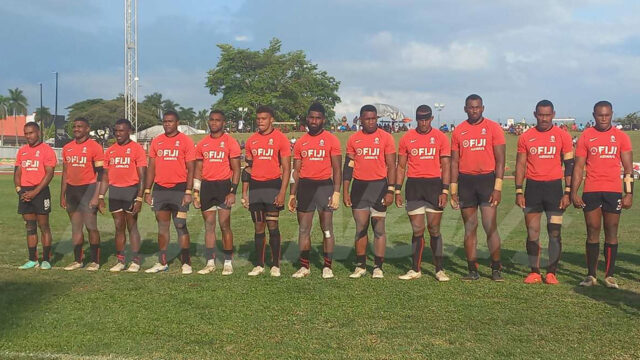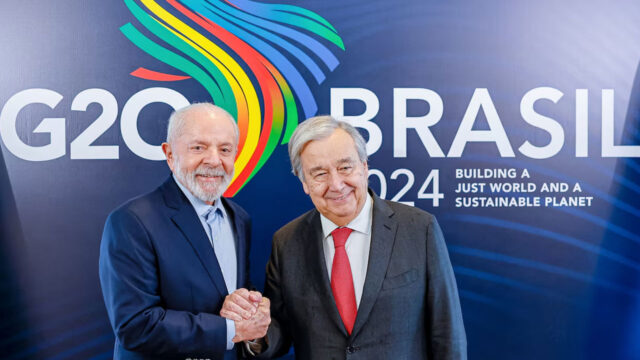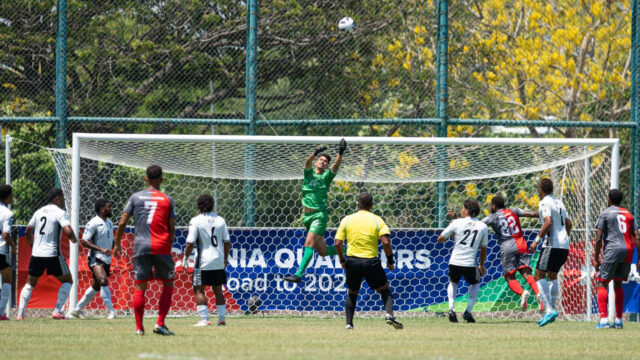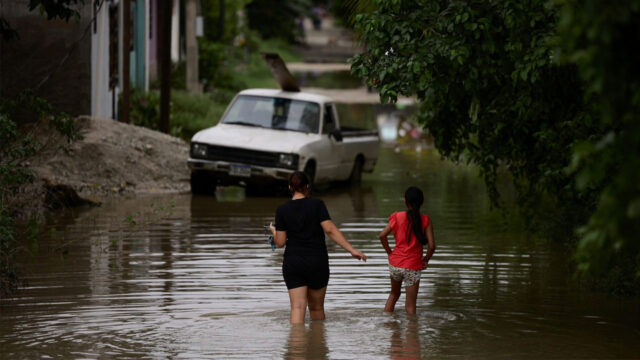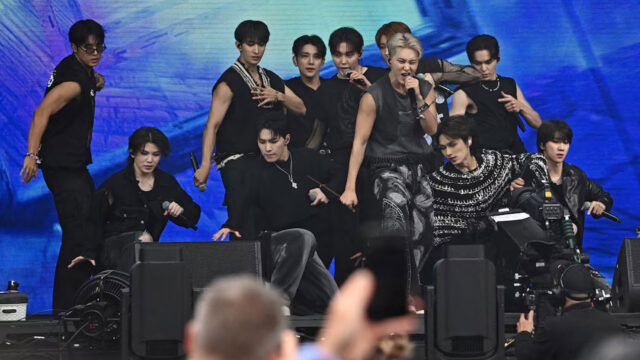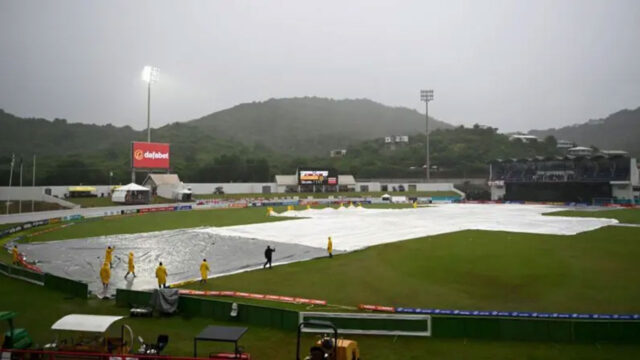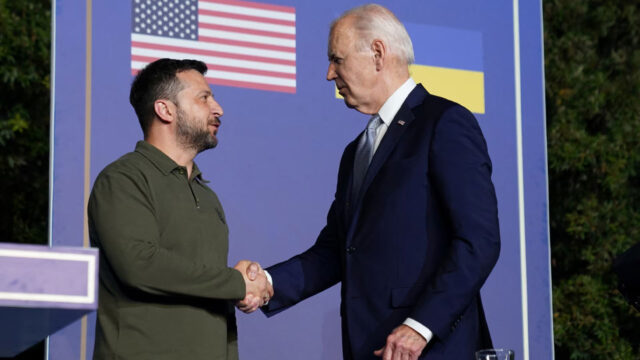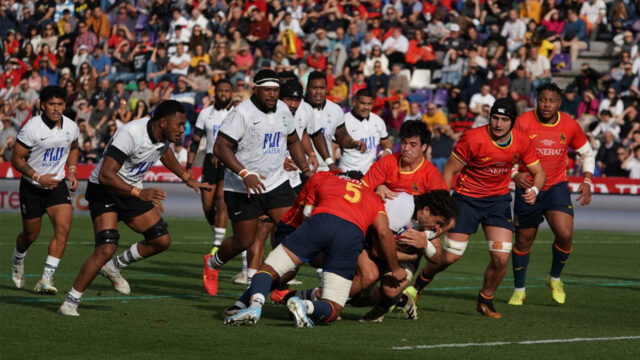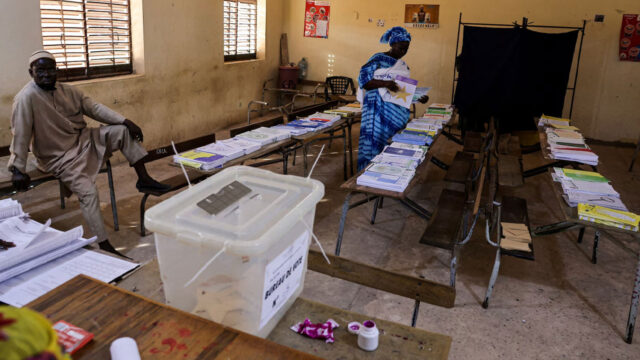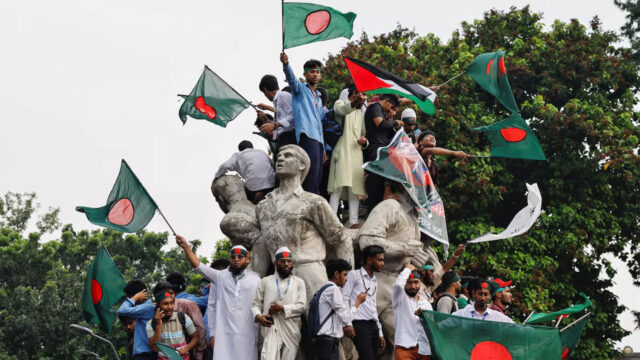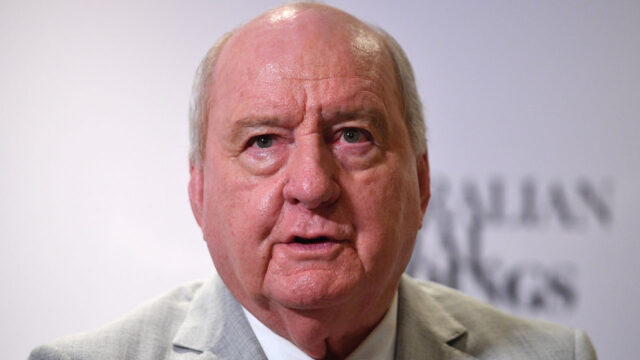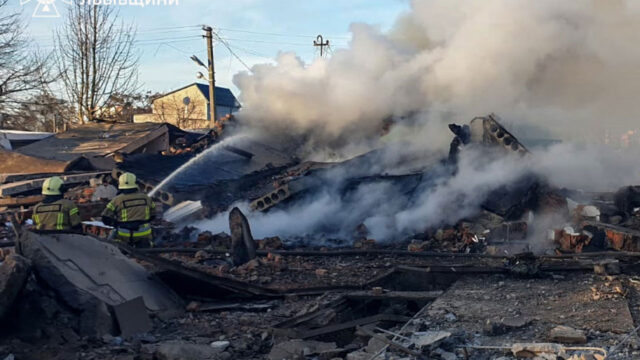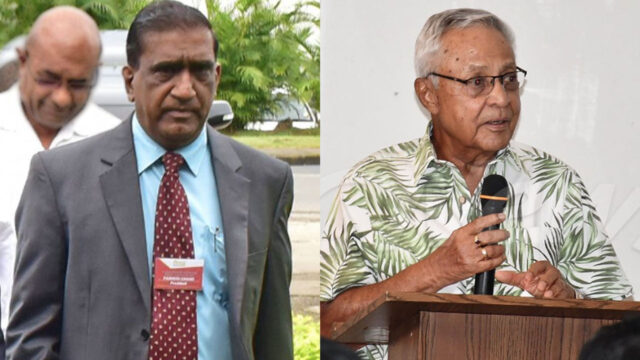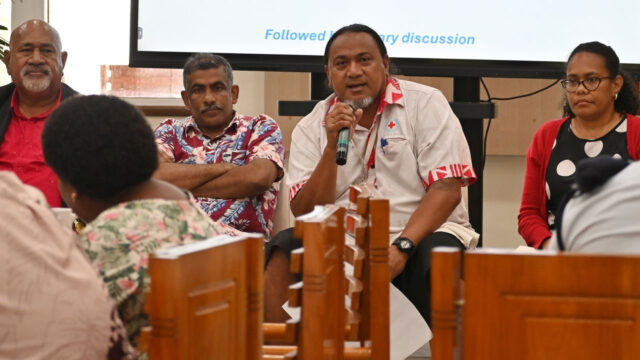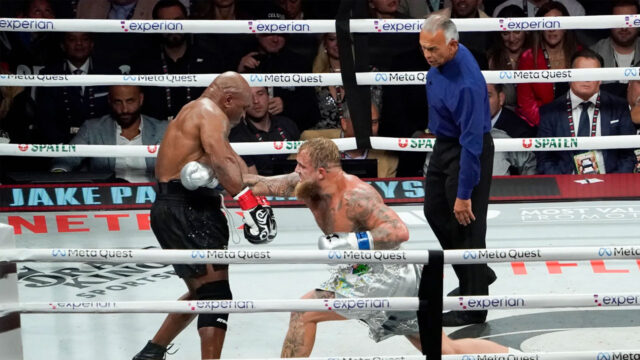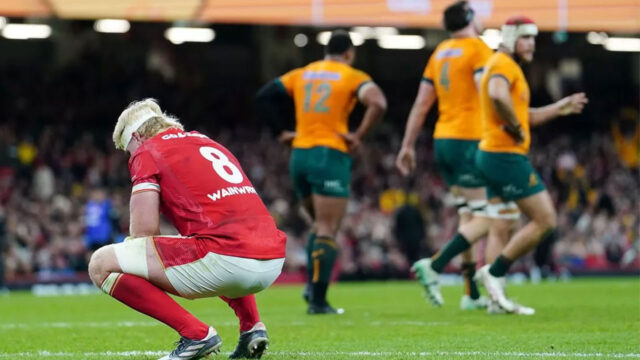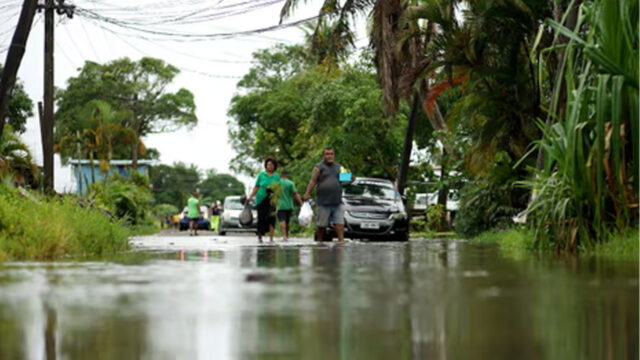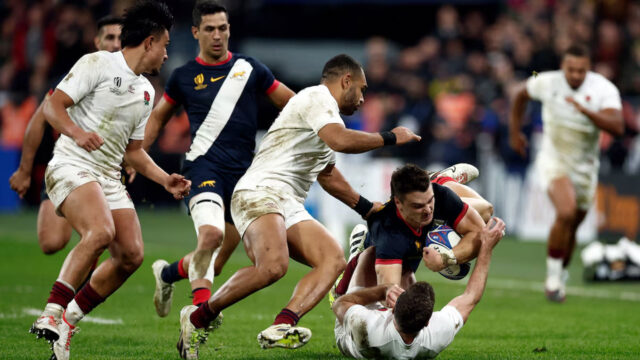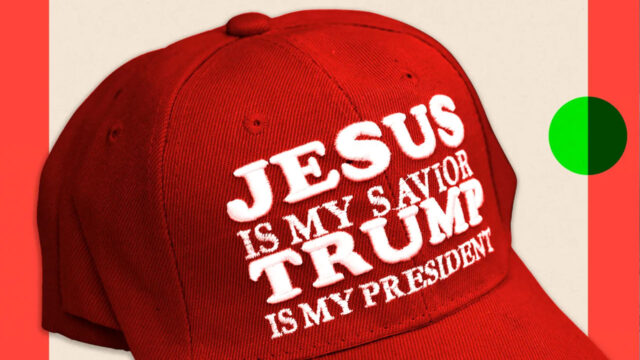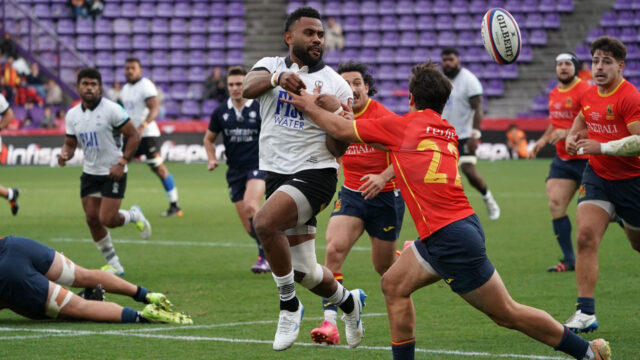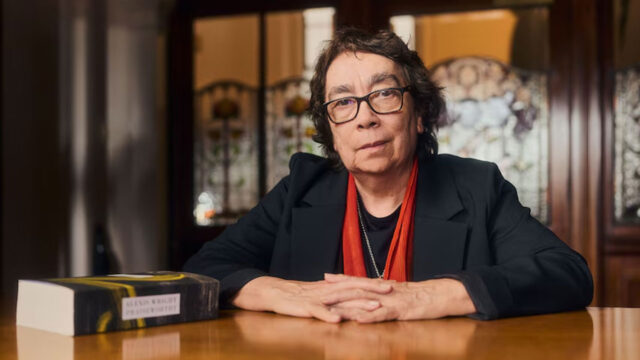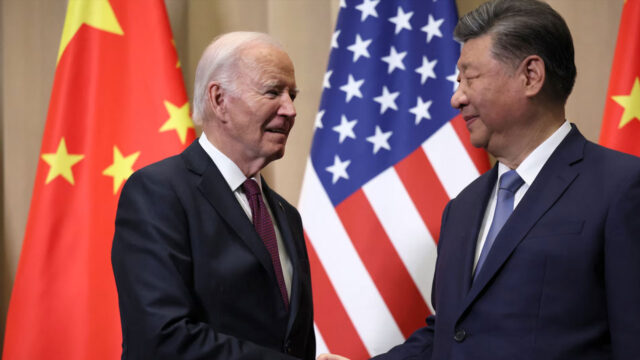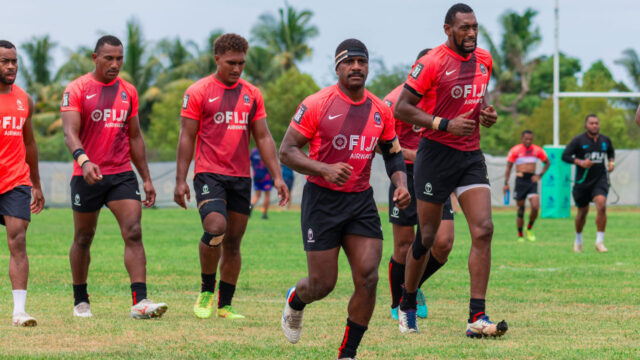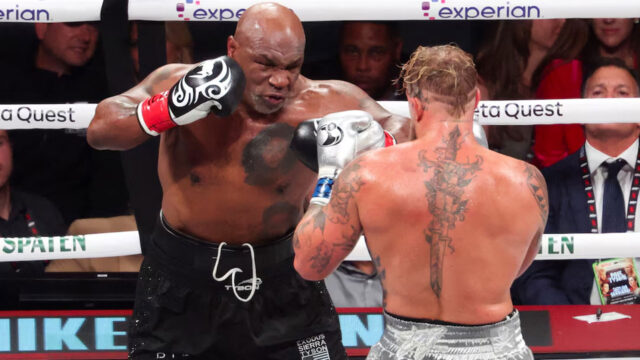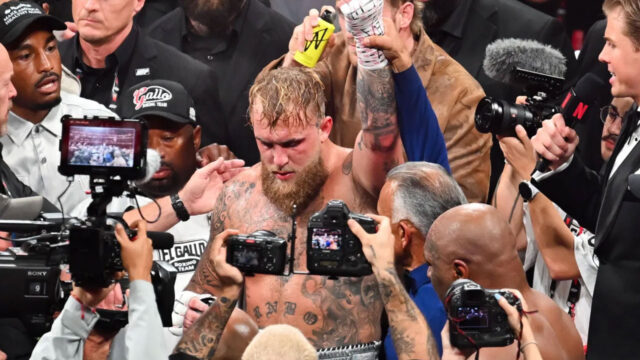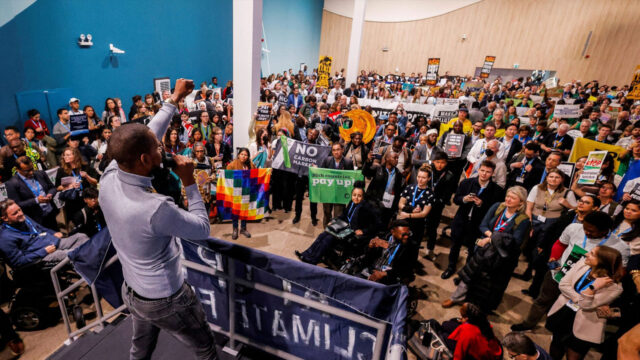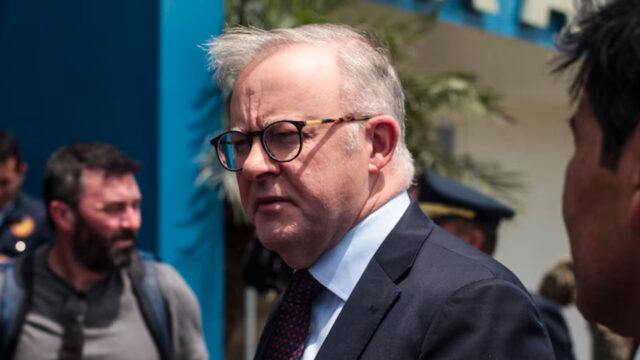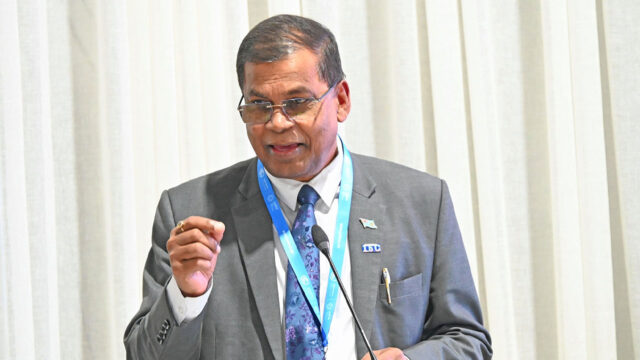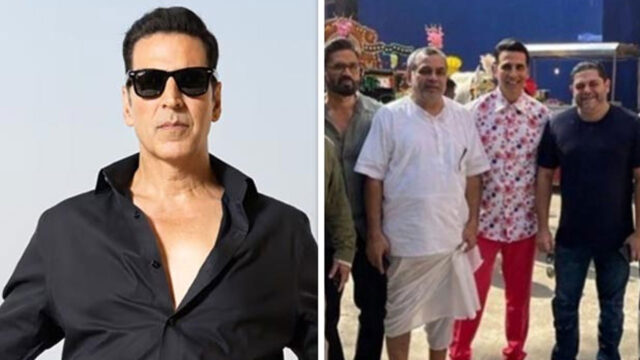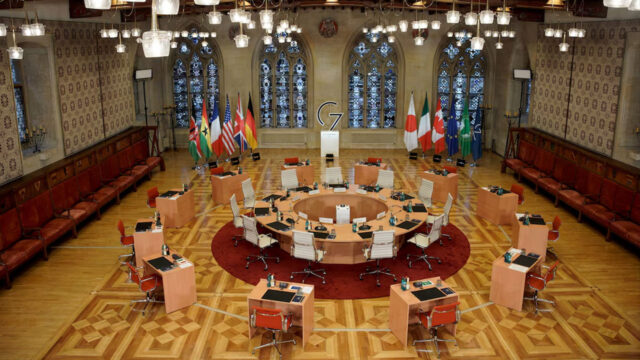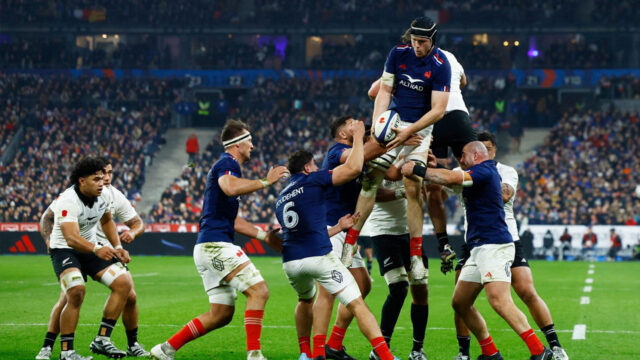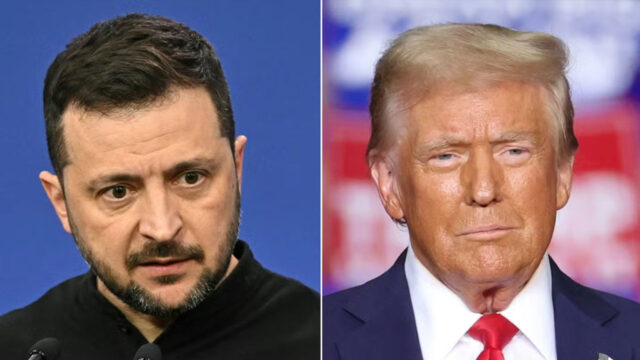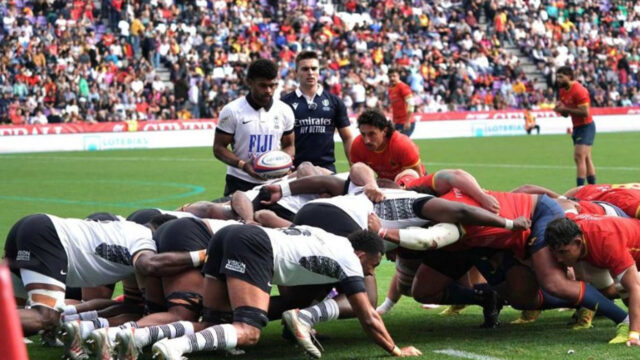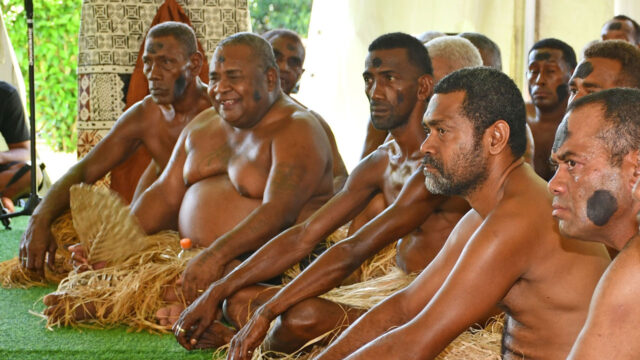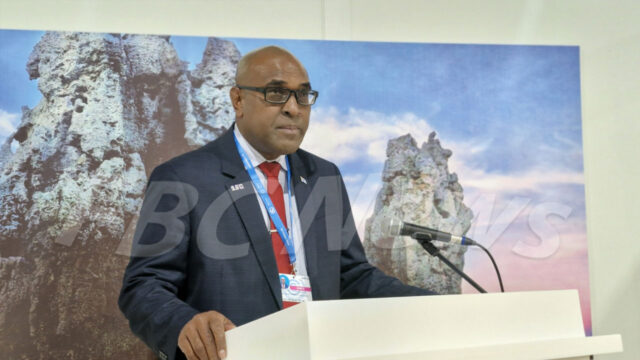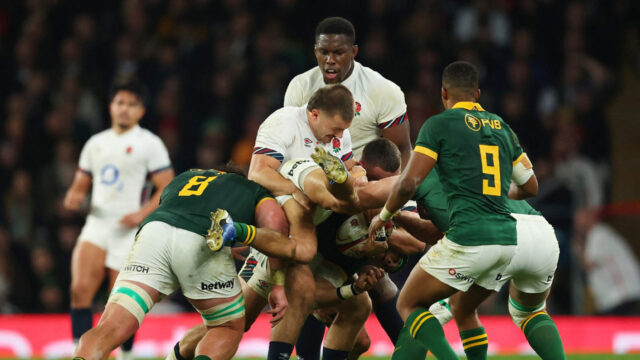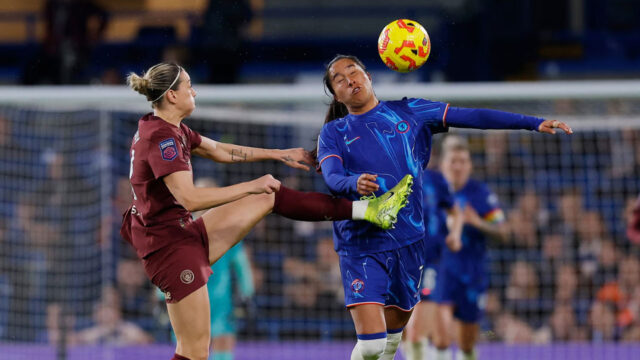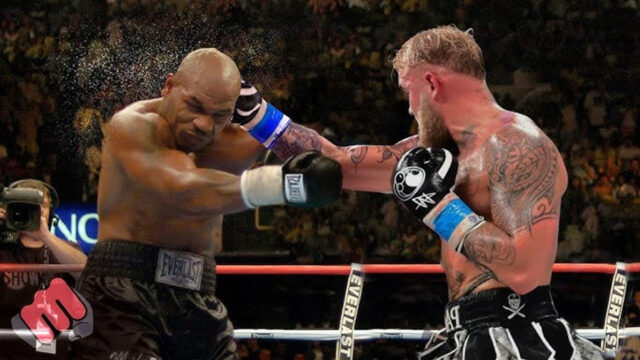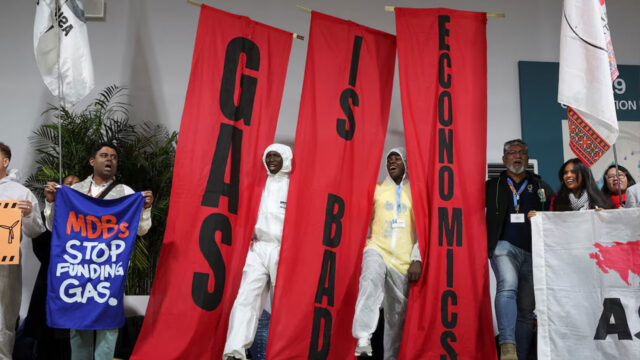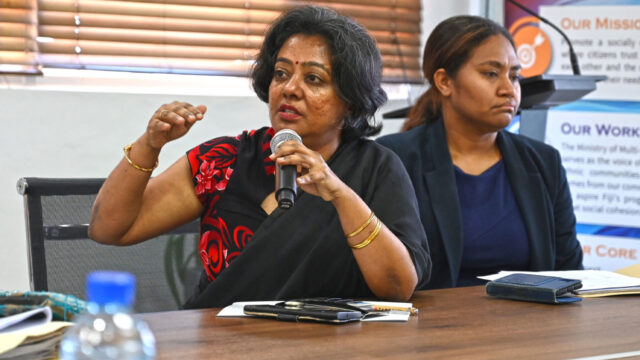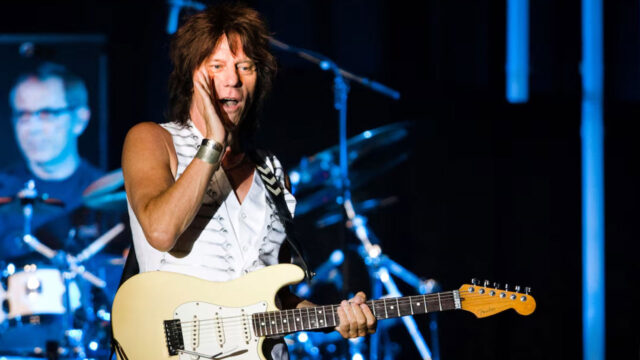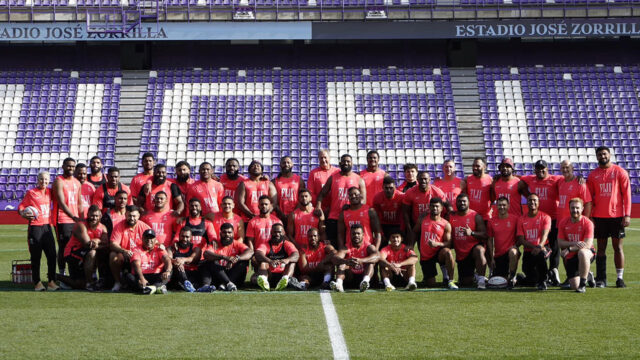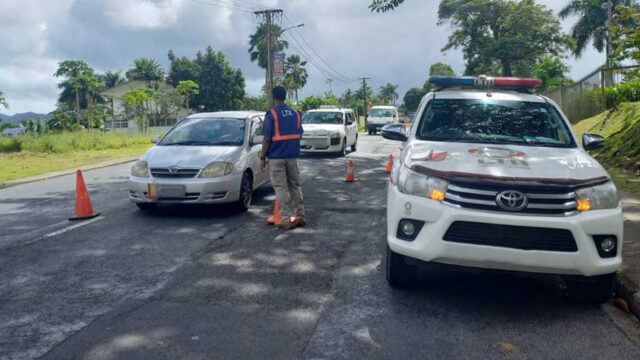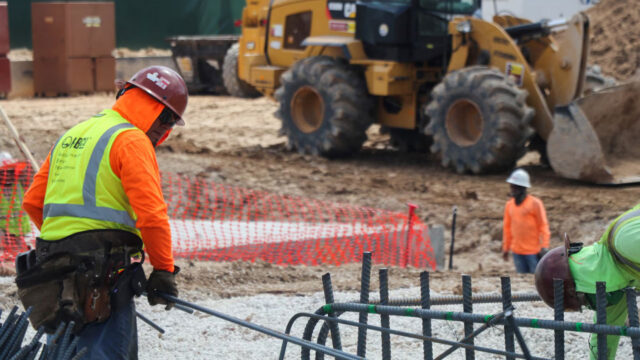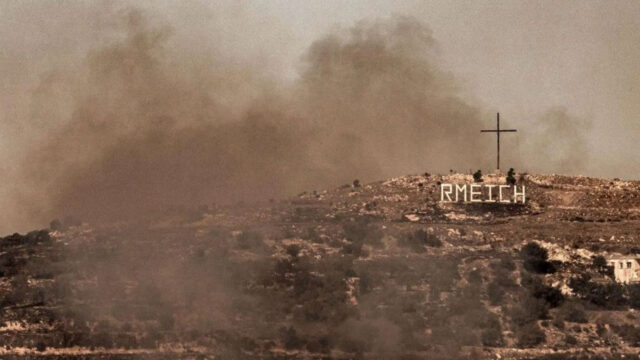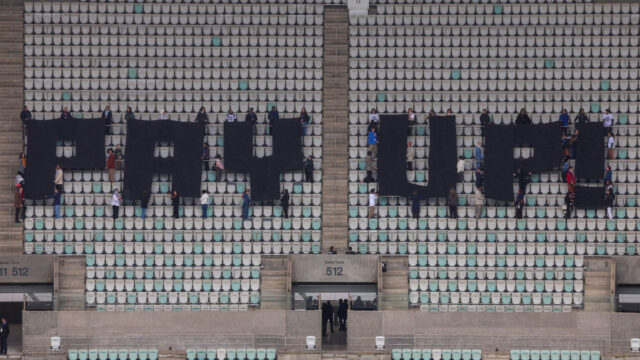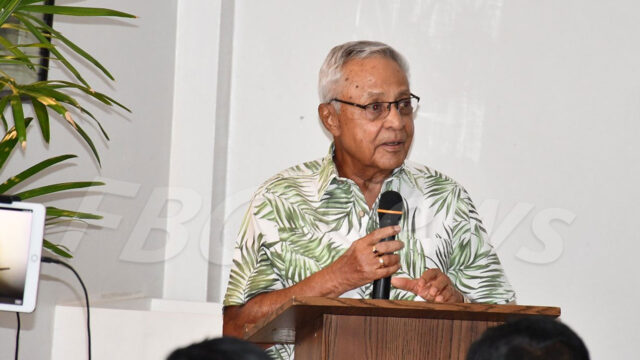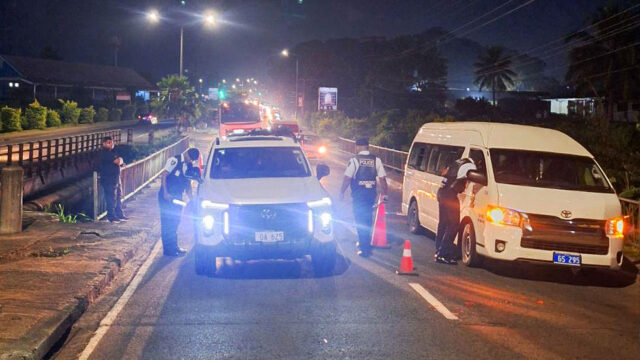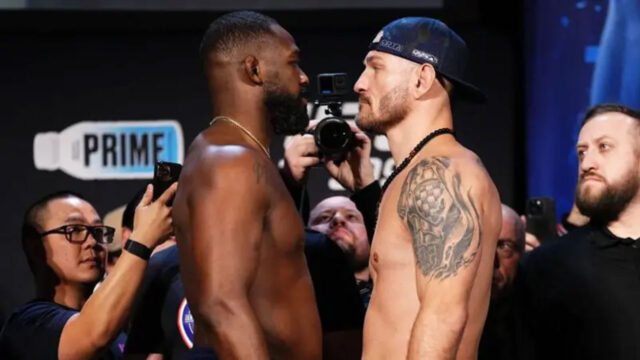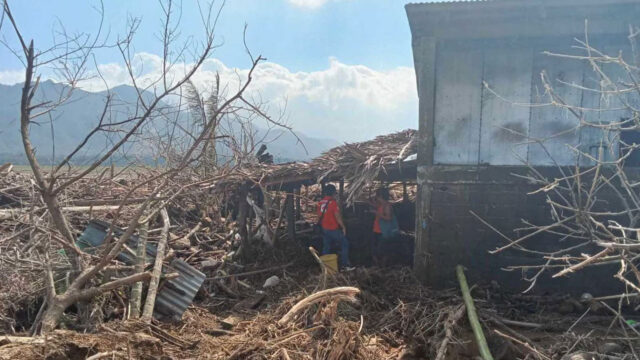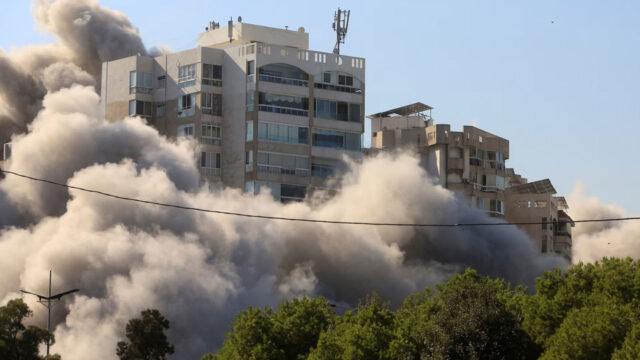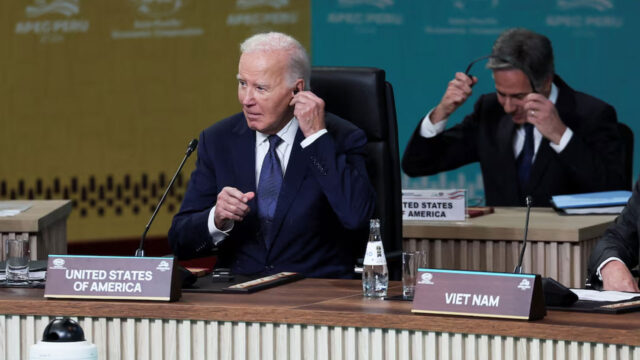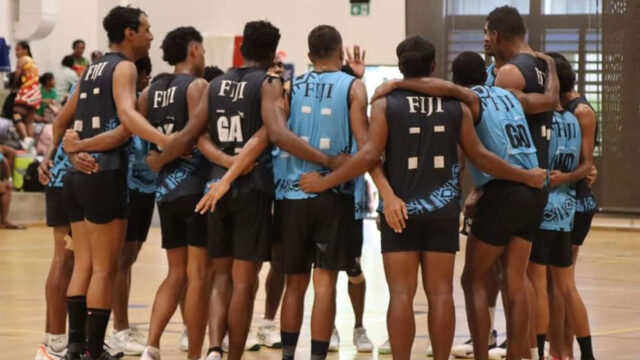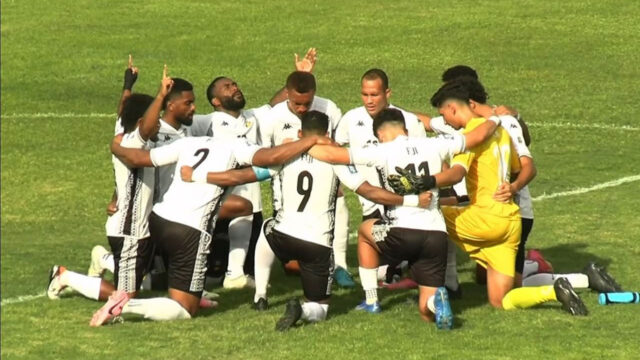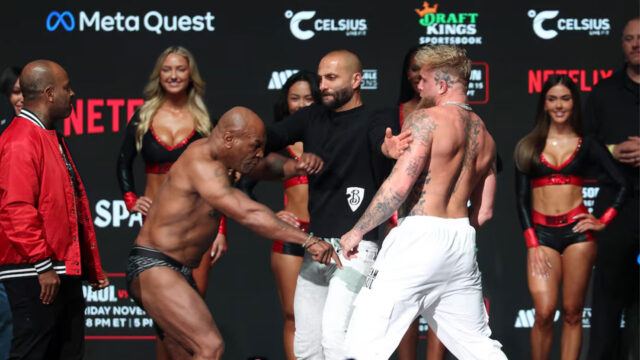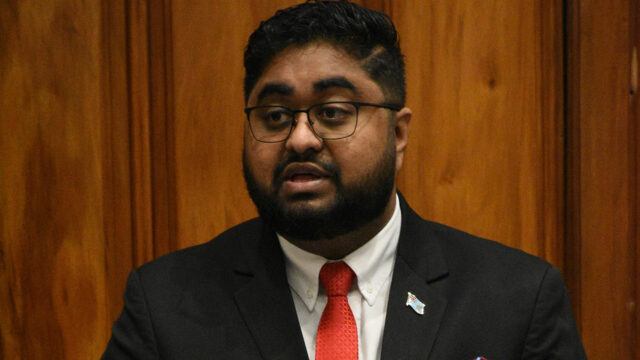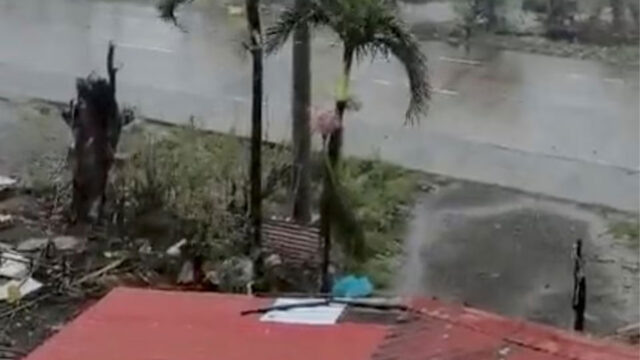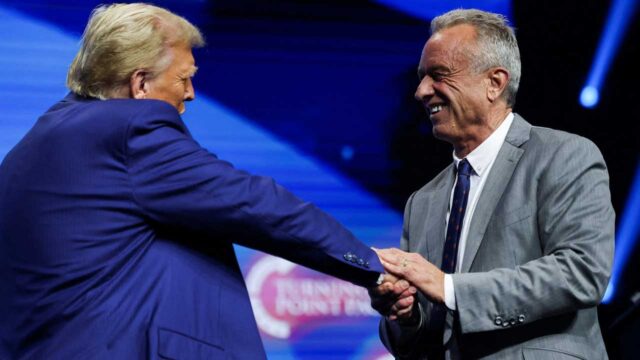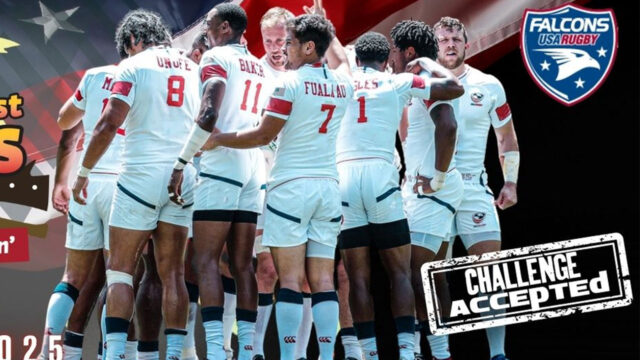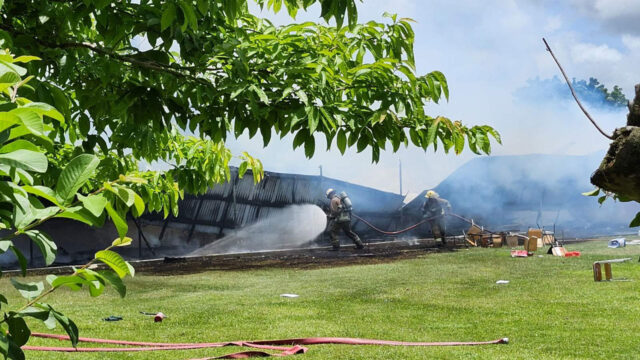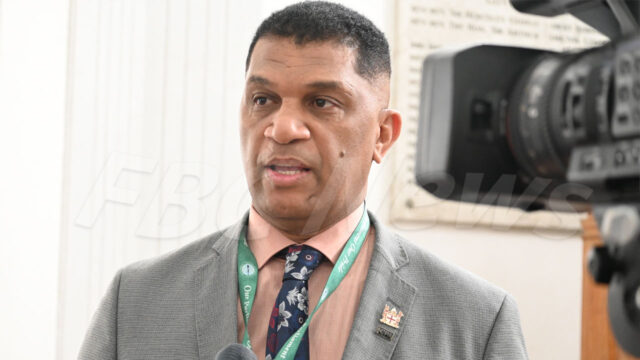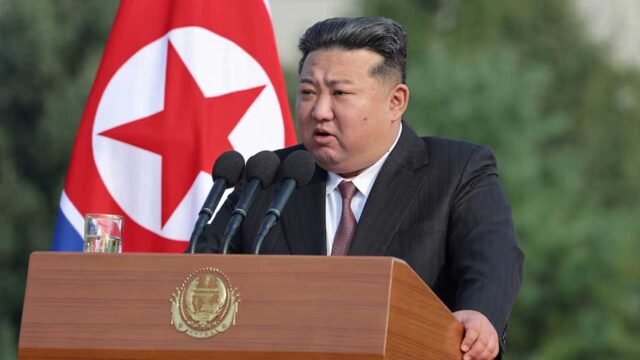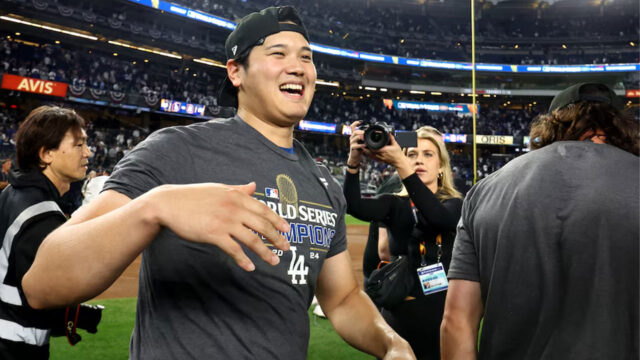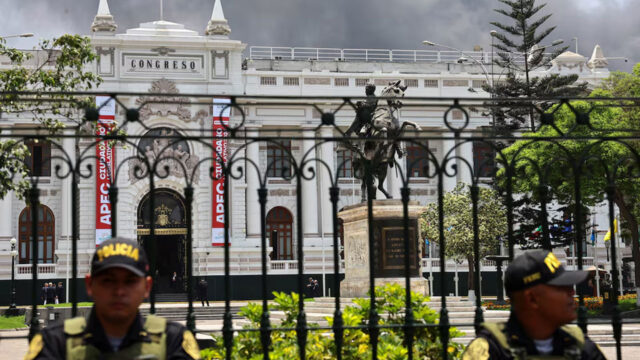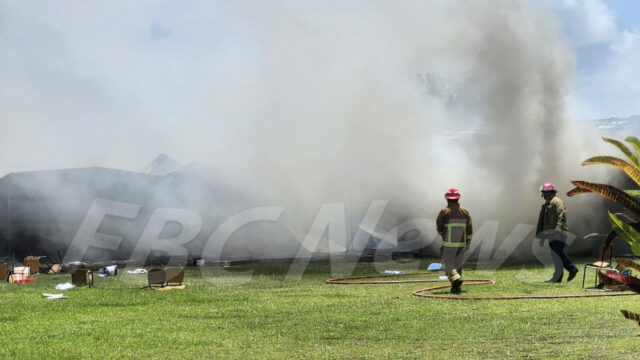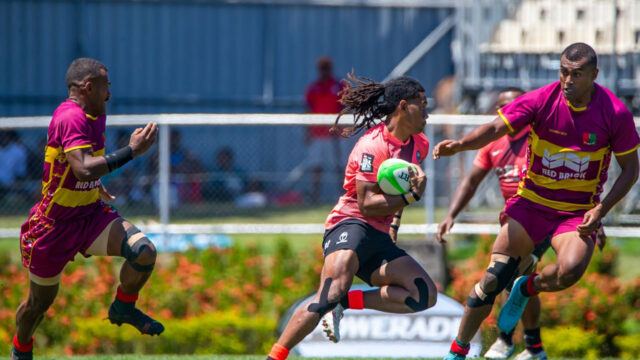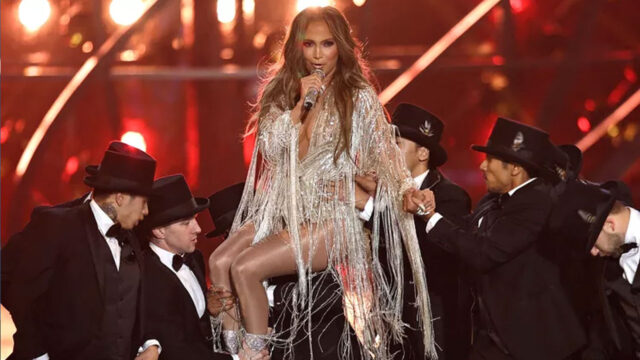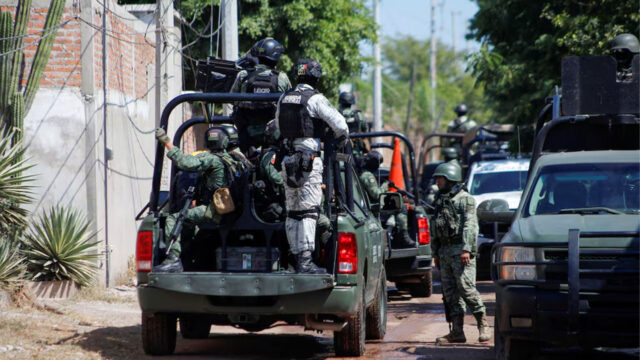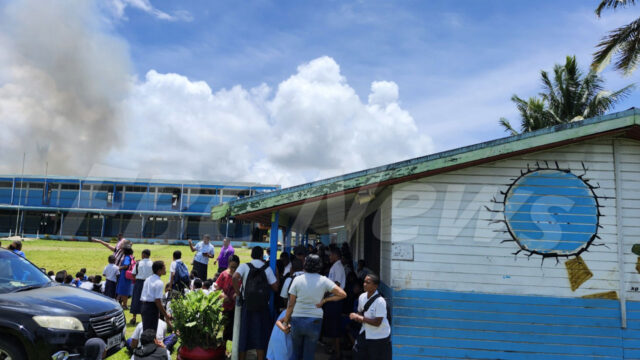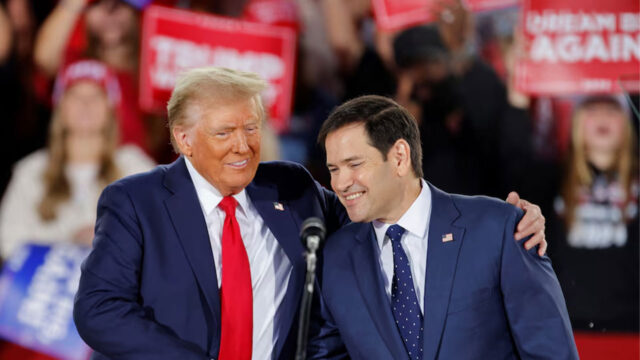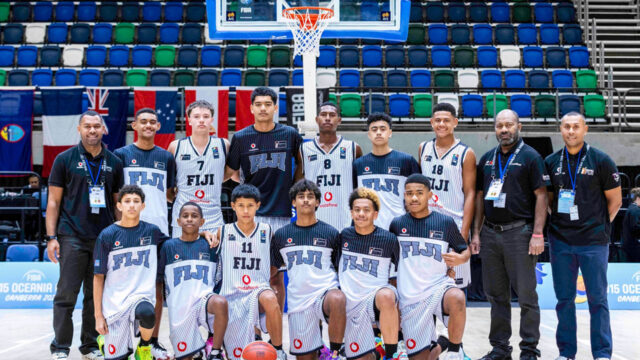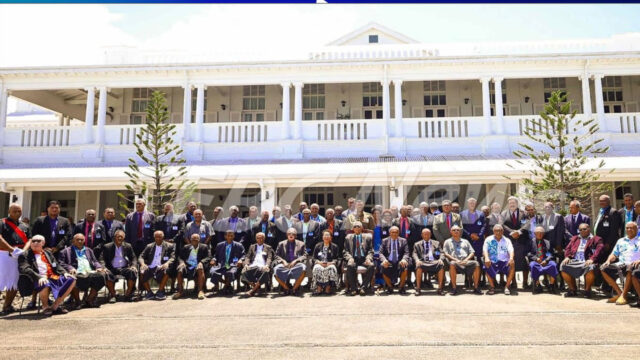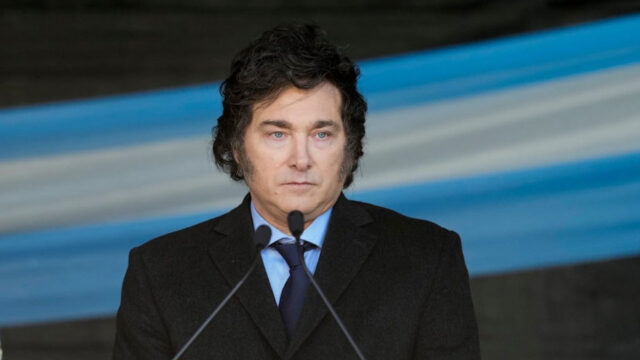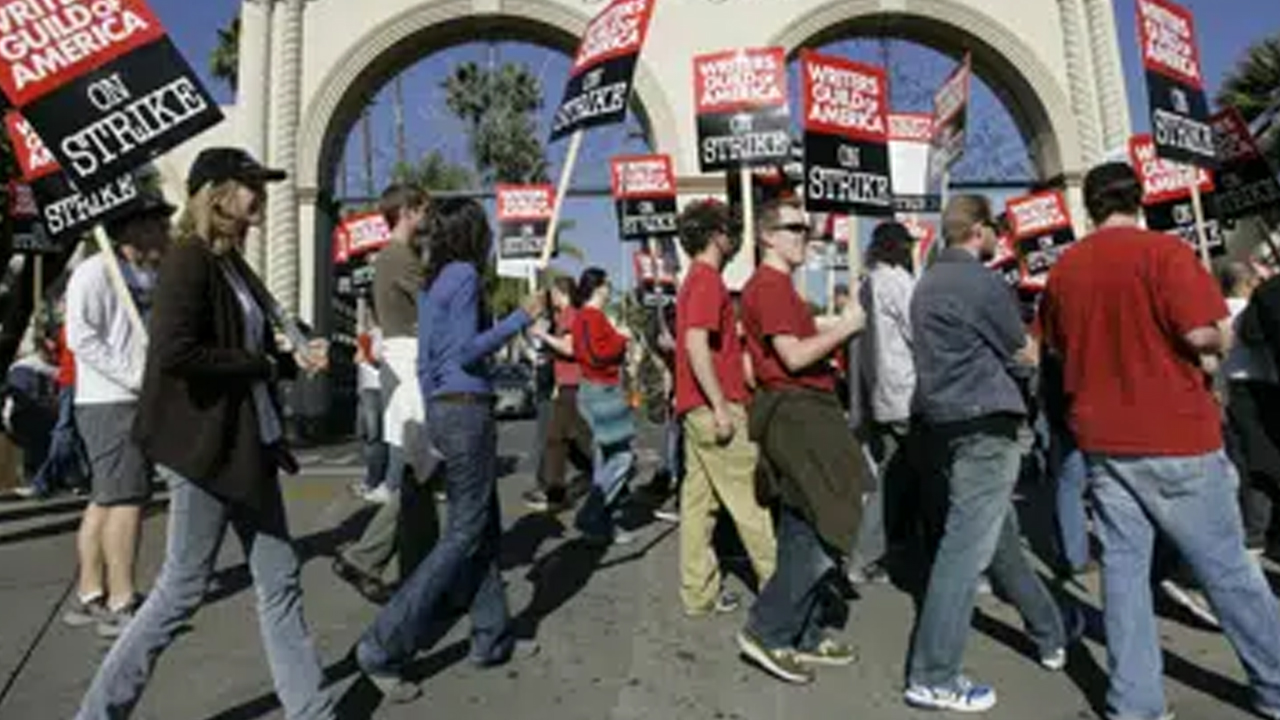
[Source: AP News ]
The union representing 11,500 writers of film, television and other entertainment forms could go on strike as soon as Tuesday. It would be the first writers’ strike — and the first Hollywood strike of any kind — in 15 years. Here’s a look at the storylines the fight has spawned.
THE TALKS
Months of negotiations, primarily over writers’ pay for streaming shows, have still left considerable distance between the two sides: The Writers Guild of America — whose East and West versions are technically two unions that act as a unit in these talks — and the Alliance of Motion Picture and Television Producers, which represents Hollywood’s studios, streamers and production companies in negotiations.
The current contract expires Monday, and a labor stoppage could be called for the following day. Many in the industry have been acting as though a strike is inevitable. Writers, who voted overwhelmingly to authorize their leaders to call a strike, have already begun making signs for picket lines.
But 11th-hour deals are common. If the two sides are making progress, they can talk past the deadline. The last time a writers strike seemed imminent, in 2017, a deal was reached in the hours immediately after the contract expired. Last year, an agreement was reached two days before the deadline to avert a strike of 60,000 Hollywood crew members.
THE TALK SHOWS
Late-night talk shows, heavily dependent on same-day, current-events-based comedy writing, will be the first to feel a strike’s effect. The shows have been the de facto frontline during previous writers strikes. Shows like NBC’s “The Tonight Show Starring Jimmy Fallon” and ABC’s “ Jimmy Kimmel Live!” are scheduled to air new episodes next week. They’ll shift to reruns if a labor stoppage starts. James Corden’s Thursday night farewell to his “Late Late Show” was well-timed.
“Saturday Night Live” has a slightly longer production timeline but is even more dependent on its writers. A strike would upend the last three episodes of this season, starting with the May 6 show with host Pete Davidson.
The status of daytime talk shows, which lean more into host chats and interviews, would be less certain. ABC’s “The View” was uninterrupted during the last strike, which began late in 2007 and ended early in 2008
THE STORY FOR SCRIPTED
A strike’s impact on scripted series will take far longer to manifest. Even daily soap operas tend to have scripts completed many months in advance. Noticeable effects on the movie release calendar could take even longer.
Production on finished screenplays can proceed as planned (without the benefit of last-minute rewrites). That’s assuming that crews — whose union recently came very close to striking — and actors — whose guild’s own contract with the AMPTP expires June 30 — are willing to cross picket lines and work.
Productions, long aware of the looming deadline, sought to wrap before it arrived. FilmLA, which hands out location permits for the Los Angeles area, say that none have been requested for television dramas or sitcoms next week.
Many viewers and moviegoers may not notice the effects of a strike until long after it’s over, if at all. The menus on Netflix and Amazon Prime Video will look no different next week, but because this would be the first writers’ strike of the streaming era, there is no template for how they will look months down the line.
During the last strike, when broadcast and cable networks with well-established seasonal schedules were still predominant, many shows, including “30 Rock,” “CSI,” and “Grey’s Anatomy,” shortened their seasons.
Unscripted reality television grew in strength at the time. “Big Brother” and “The Amazing Race” both increased their output. “The Apprentice,” hosted by Donald Trump, got new life when a celebrity version of the shelved show was created to help fill the scripted void.
THE STAKES
Streaming and its ripple effects are at the center of the dispute. The guild says that even as series budgets have increased, writers’ share of that money has consistently shrunk.
Streamers’ use of smaller staffs — known in the industry as “mini rooms” — for shorter stints has made sustained income harder to come by, the guild says. And the number of writers working at guild minimums has gone from about a third to about half in the past decade. Writers of comedy-variety shows for streaming have no minimum protections at all, the guild says.
“On TV staffs, more writers are working at minimum regardless of experience, often for fewer weeks,” the guild said in a March report.
The lack of a regular seasonal calendar in streaming has depressed pay further, the report says. And scheduled annual pay bumps under the current contract have fallen well short of increases in inflation.
The weekly minimum for a staff writer on a television series in the 2019-2020 season was $4,546, according to industry trade outlet Variety. They work an average of 29 weeks on a network show for $131,834 annually, or an average of 20 weeks on a streaming show for $90,920. For a writer-producer, the figure is $6,967 per week.
Some who defend studios and producers say that’s far from the poor-house picture writers present publicly.
AMPTP leaders say their priority is “the long-term health and stability of the industry” and they are dedicated to reaching “a fair and reasonable agreement.”
THE STRIKING WRITERS
A full stop to work will mean major economic losses for screenwriters, though many say it’s worth it to fight the day-to-day dwindling of income.
Guild strike rules prevent members from striking new deals, making new pitches, or turning in new scripts. They are allowed to accept payment for any writing that’s already been done.
Those known in the industry as “hyphenates,” including showrunners who act as head writer-producers, performer-writers, and people like Quinta Brunson of “Abbot Elementary” who do all the above, are allowed to do the non-writing parts of their jobs under union rules, though that work may be minimal as they seek solidarity with their writing staffs.
A BRIEF HISTORY OF STRIKING SCRIBES
Writers have gone on strike six times, more than any group in Hollywood.
The first came in 1960, a Writers Guild walkout that lasted nearly five months. Strikes followed in 1973, 1981, and 1985. The longest work stoppage, lasting exactly five months, came in 1988.
The 2007-2008 strike was resolved after three months. Among the main concessions the writers won were requirements that fledgling streaming shows would have to hire guild writers if their budgets were big enough. It was an early harbinger of nearly every entertainment labor fight in the years that followed.

 Associated Press
Associated Press
